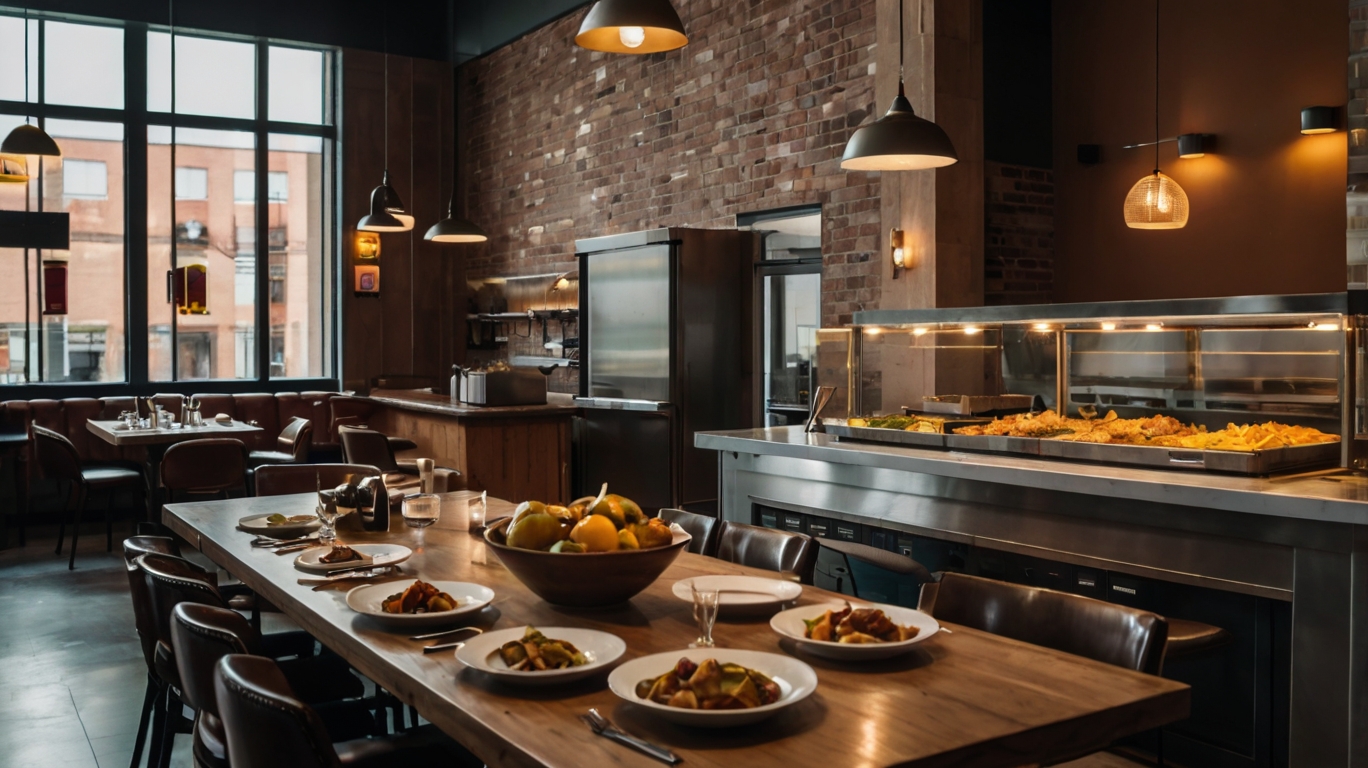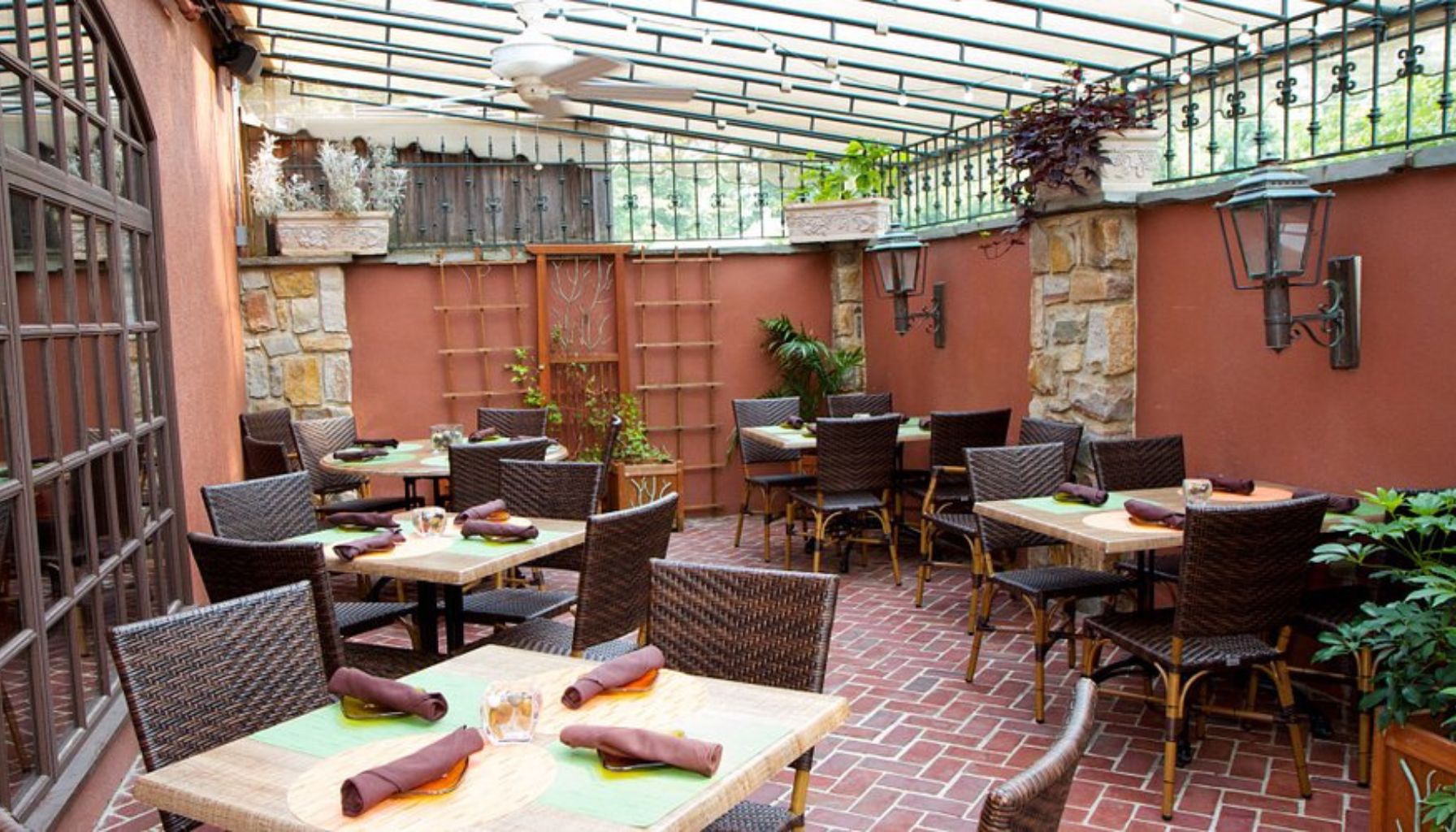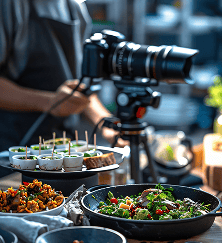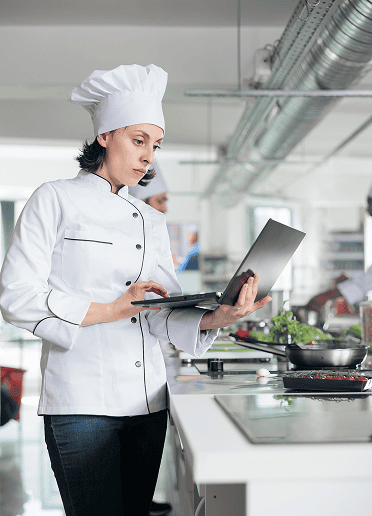Effortlessly manage your food business with cloud tools maximizing POS savings.
Streamlined, efficient & secure food business management with FoodBizCloud Solutions
Welcome to Food Biz Cloud
Food Business Software: Cloud Tools Tailored for Success
- Fast Food Business Software
- Flexible Food Service POS
- 24/7 Cloud-Based Support
Simplify Your Food Business with FoodBizCloud Software: No Hidden Costs, No Hassle
Contact Us for Customized Food Business POS & Cloud Solutions!
Service We Provide
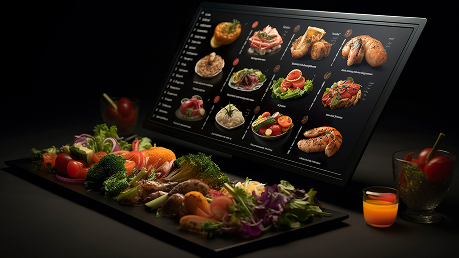
Services Offered by Food Biz Cloud

Payment Processing
From food service POS to cloud ordering software, FoodBizCloud delivers flexible, reliable solutions to keep your food business running smoothly. Fast, secure transactions—every time.

Point of Sale Systems
Enhance profitability and streamline operations with advanced food service POS, cloud-based ordering, and food cost management from FoodBizCloud. Seamless solutions designed to fuel your food business’s success.

Premium Customer Service
Get personalized, immediate assistance with food business management software, food service POS systems, and cloud-based ordering solutions—crafted to keep your business thriving every day.

Free Equipment Solutions
Get personalized, fast cloud solutions with food business management software, food service POS systems, and catering management tools—designed to help your food business grow and succeed.
Step into Smarter Food Business Management with FoodBizCloud's POS Solutions and Cloud Ordering Software!
Contact FoodBizCloud Today for Your Customized Quote!
Benefits of Choosing FoodBizCloud for Food Business Management Software
- Flexible Food Business Solutions with FoodBizCloud
- Custom POS Systems and Cloud Software for Food Businesses
- Transparent Food Management Tools with No Hidden Costs
- Advanced Cloud Technology for Food Service Operators
- Versatile Ordering Software for Catering Businesses

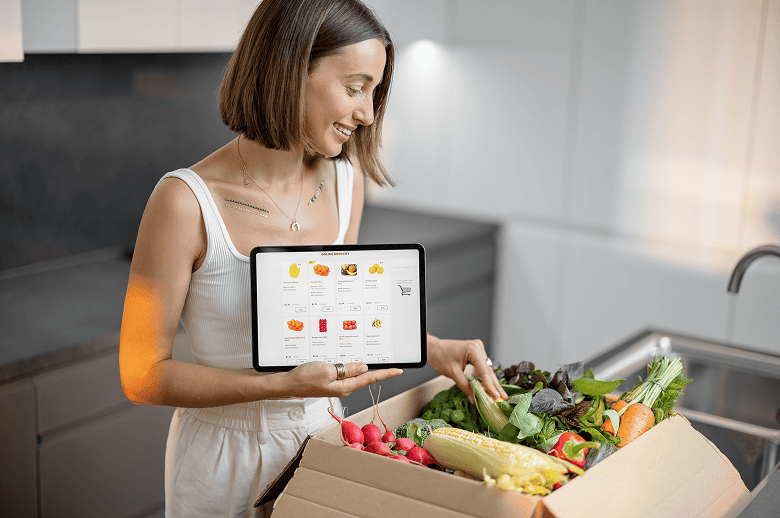
We’ve used Food Biz Cloud to streamline sourcing and discover industry-specific tech tools. The interface is easy to navigate, and the quality of partner listings is impressive. It saves time and adds real value to our backend operations.
Food Biz Cloud is exactly what our industry needed. The platform simplifies access to suppliers, tools, and insights in one place. As a food entrepreneur, I find it intuitive, resource-rich, and perfectly aligned with the fast-paced demands of the restaurant and catering world. Highly recommended!
Food Biz Cloud Blog




